|
Аб'яднанае Еўрапейскае Хрысціянства
| |
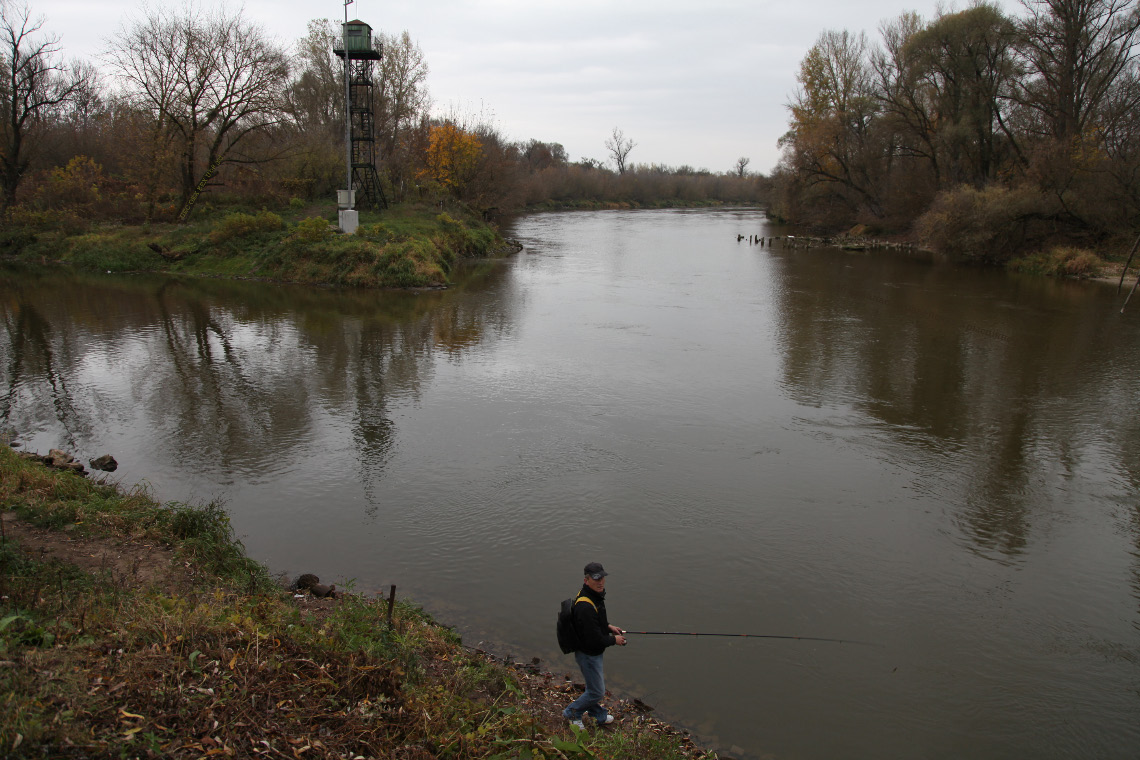 |
|
| |
Рака Заходні Буг – (Western) Bug River |
|
| |
|
|
| |
Just a Belrusian backwater? At one level, obviously yes. Pictured in the late afternoon of a day in late October of 2012 is the Рака Заходні Буг – (Western) Bug River at the point (nearly immediately next to the Брэсцкая Крэпасць – Twierdza Brzeska – Brest Fortress) when she is met by her tributary, the 113 km long Рака Мухавец – Muchawiec – Mukhavets River (at the viewer's left) flowing into her right bank. Standing here fishing, one is hundreds, not thousands, of meters from the border of Belarus with Poland and the European Union. Flowing generally northward, and emptying into the Baltic Sea, at 772 kilometers in length the Bug would be an important European River at all events, but for European history, and especially for our theme — the most important for European history and civilization — the Bug River has special significance, as she stands as something of a boundary between those two parts of the Orthodox-Catholic Church, the Catholic Church and the Orthodox Churches, which should be united and in full Communion, but which are not, yet. And over the centuries she has flowed within lands controlled variously by Kievan Rus'; the Kingdom of Poland (from 1340); the Polish-Lithuanian Commonwealth (from 1569); the Austro-Hungarian Empire over her southern courses and the Russian Empire over her northern courses from 1772; the Second Polish Republic (from 1918); and sadly the Bolshevik-inspired Soviet Regime (from 1944). By agreement, the Bug River served as the line dividing the Soviet and the Nazi forces and regimes after (and during) their joint Invasion of Poland, 1 September 1939 through 6 October 1939. These days she marks the boundary between Poland and the Ukraine over 185 kilometers of her length and between Poland and Belarus for 178 kilometers of her length. |
|
| |
Маецца на ўвазе, што спіс краін, чые тэрыторыі і насельніцтва з'яўляюцца часткай Аб'яднанага Еўрапейскага Хрысціянства, будзе грунтавацца на фактах, а не на крытычных домыслах. У спісе прадстаўлены тэрыторыі, якія, на самай справе, з'яўляюцца часткай Аб'яднанага Еўрапейскага Хрысціянства, а зусім не тыя, якім прыкладна патрэбна там знаходзіцца. Размова не ідзе аб часовым або прасторавым супадзенні з Царквой. Царква- універсальная і вечная. Аб'яднанае Еўрапейскае Хрысціянства можа займаць 48% зямной паверхні нашай планеты, можа налічваць каля 1,200,000,000 насельніцтва, якое стварыла валавы ўнутраны прадукт у памеры 40,238,403,000,000 $ у 2012 г. за 12 месяцаў (гэта каля 56% усей сусветнай вытворчасці), можа існаваць як цывілізацыя на працягу 50,000 гадоў ці яшчэ менш дзён. Але пры ўсім пры гэтым Аб'яднанаму Еўрапейскаму Хрысціянству не быць ні універсальным, ні вечным. У міласці Божай Еўрапейскае Хрысціянства не параўнаецца з хрысціянствам у цэлым. Многія людзі, якія не належаць да Еўрапейскага Хрысціянства, з'яўляюцца хрысціянамі і, магчыма, значна лепшымі і набліжанымі да Бога, чым іх еўрапейскія браты па веры.
У краінах, якія ўвайшлі ў спіс:
• Гістарычна пераважнай большасцю былі еўрапейцы і хрысціяне па хрышчэнню, перакананнях і самаідэнтыфікацыі.
• На сённяшні дзень пераважнай большасцю з'яўляюцца нашчадкі Еўрапейскага Хрысціянства.
Шмат ужо сказана і яшчэ будзе сказана і напісана наконт канцэптуальных ідэй у папярэднім сказе. Некаторыя аспекты палемікі і погляды на праблему знутры таксама будуць уключаны ў фільм «Аб'яднанае Еўрапейскае Хрысціянства», але перш за ўсё гэты фільм распавядае аб уз'яднанні Царквы. |
|
| |
|
|
| |
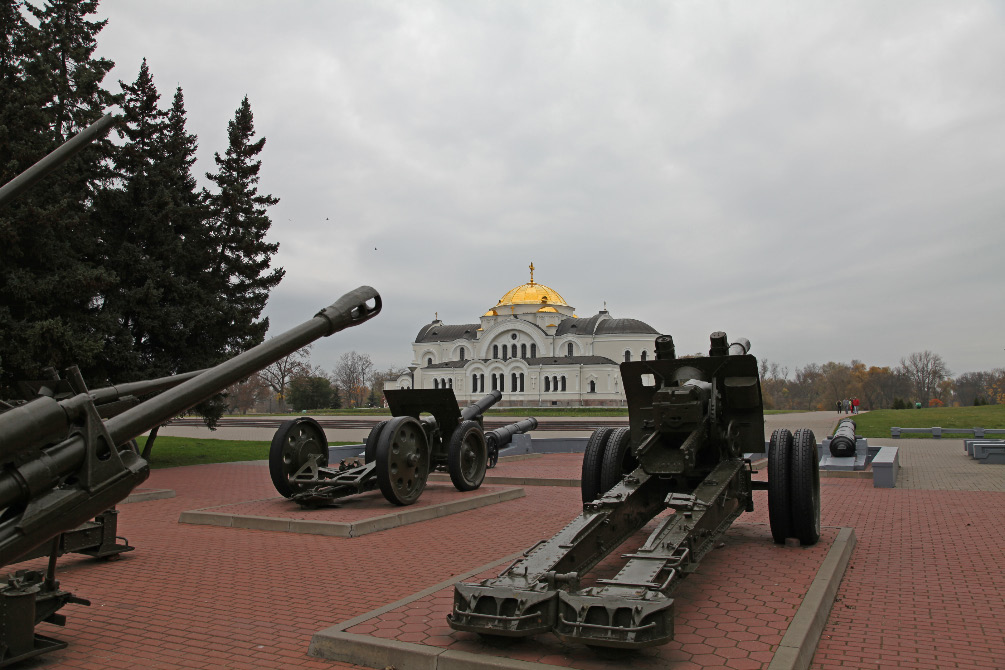 |
|
| |
Within the complex of the Брэсцкая Крэпасць – Twierdza Brzeska – Brest Fortress, formerly the XIX century Fortress of Брэст-Літоўск – Brest-Litovski — Свято-Николаевский Гарнизонный Храм – Saint Nicholas’ Garrison Church, quite an impressive Russian Orthodox Church. Serving variously as a Catholic Church under the Poles; as an officers' clubhouse under the Commies; and as a fortress while changing hands several times during Operation Barbarossa (perhaps making the howitzers slightly less out of place, though they may also serve, unwittingly for the Belarusian Chauvinist-Nationalists-cum-Kommissars, as a monument to Christian martyrdom under the Bolsheviks), the Church was built originally from 1851 through 1876, and please note, по проекту академика Российской Академии художеств архитектора Давида Ивановича Гримма – under the direction of architect David Ivanovich Grimm, and with the interior decorated in the Romanesque style. This country cries out, "I am of European Christendom" at every turn. |
|
|
|
|
| |
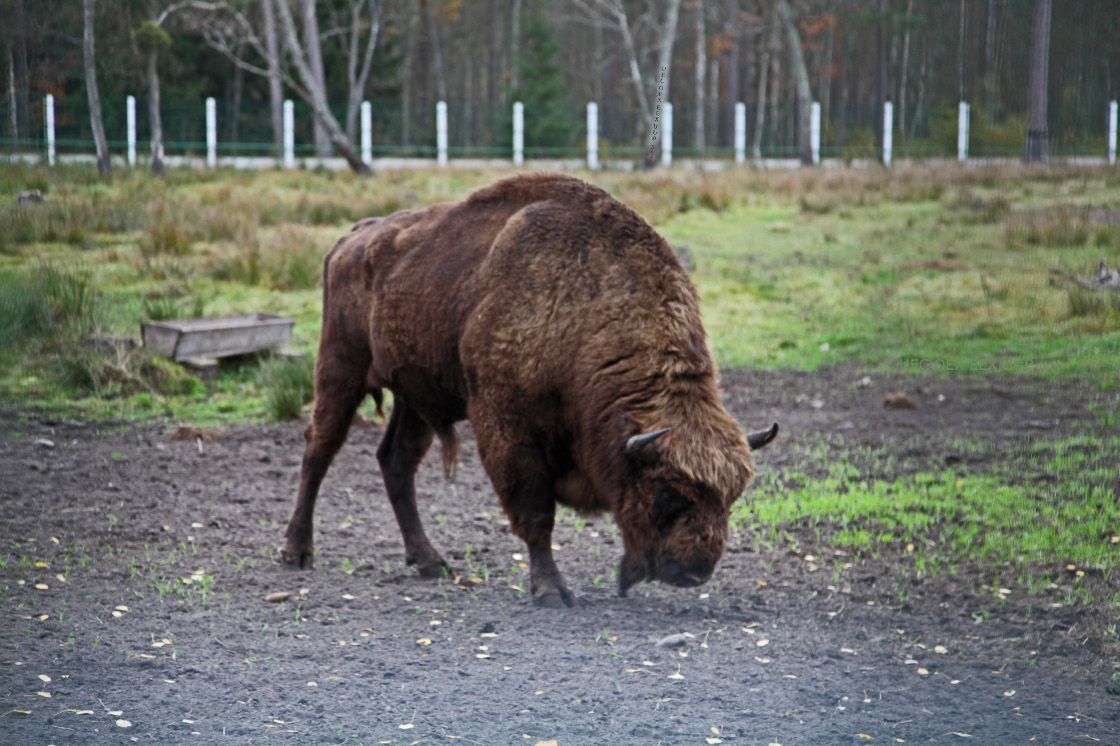 |
|
| |
Bison bonasus – Зубр еўрапейскі – Żubr europejski – European Bison |
|
| |
|
|
| |
Белавежская пушча – Białowieża Forest – Puszcza Białowieska, the microscopic remnant of the primeval forest which once spanned Europe, covers about 1,420 km². (Together, Poland and Belarus cover 520,274 km², 312,679 km² for Poland + 207,595 km² for Belarus.) Yes, we are lucky to have it. It is better than nothing. And there is talk of expanding slightly this tiny dot on the map of Europe. Presently about two thirds of the total land area lies in Belarus, but it is difficult to say exactly, as it is unclear how much of the forest is actually protected, especially on the Polish side, and, unbelievably, the Poles are still logging there, perhaps to the tune of 140,000 cubic meters of timber per year. Not to be outdone – in lowness that is – the authorities in Belarus are still allowing, actually encouraging, the shooting some of the few remaining bison (just the old ones). Europe's largest animals, Białowieża Forest is home to about 800 of these majestic, herbivorous creatures. There may be more like 4500 Europe-wide, that is also world-wide. So in Europe, there are about 750,000,000 of us and about 4,500 of these bison, but this circumstance has not stopped some brave hunters from Germany, America and Russia from coming round and paying someone in Belarus for permission to shoot these animals. After all, it takes a real hero to apply 2 kilograms of pressure to a trigger and shoot a fenced-in, plant-eating animal. Clearly these men are kindred souls to George H.W. Bush and the rest of the intrepid gang over at Safari Club International. |
|
|
|
|
| |
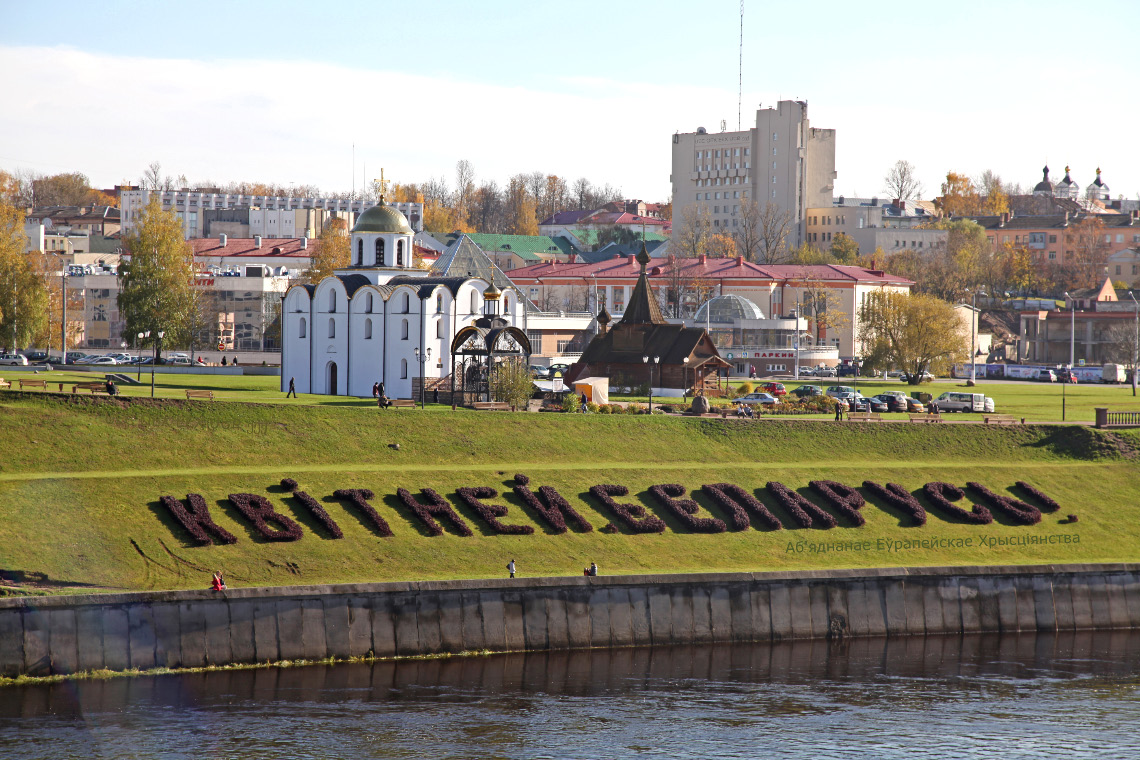 |
|
| |
Квітней Беларусь! – Flourish Belarus! |
|
| |
Віцебск – Vitebsk |
|
| Гродна – Hrodna – Гродно – Grodno – Gardinas |
|
|
|
|
|
| |
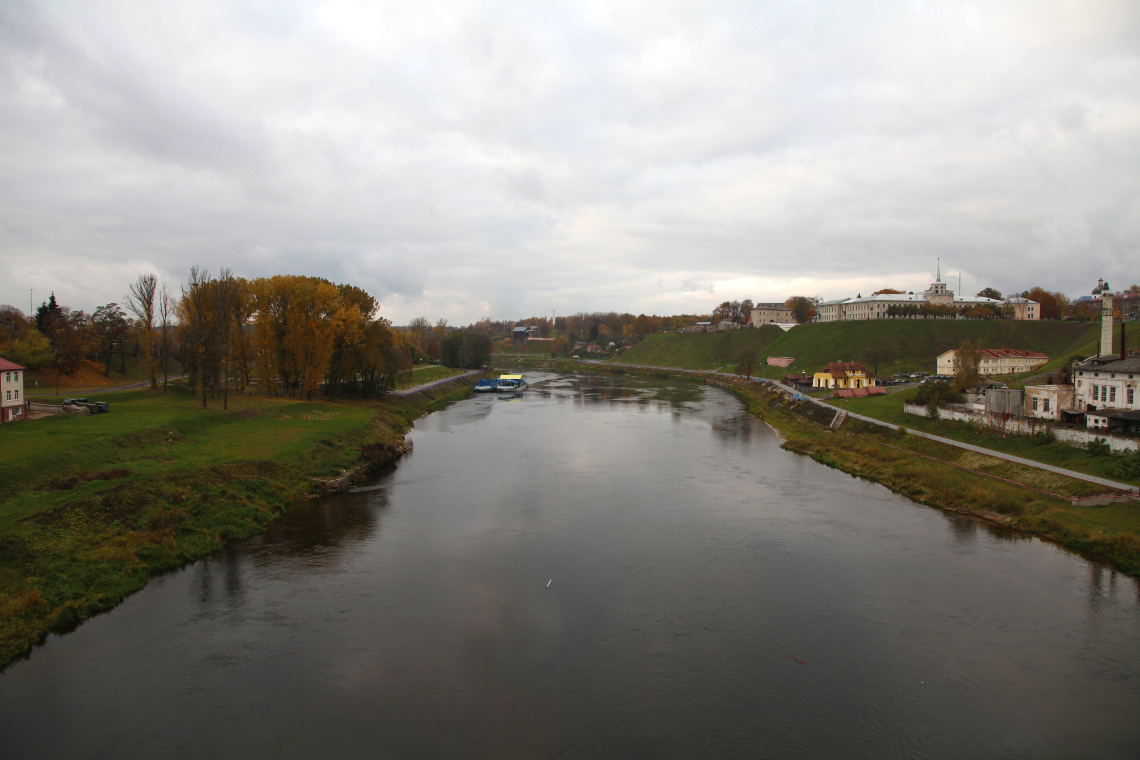 |
|
| |
Apologies, this photo of 2012 X 22 will not rival the pictures of Michał Kulesza, the River Нёман (also known as the Neman – Nemunas– Neman – Nyoman – Niemen and of course Die Memel, as in
Von der Maas bis an die Memel,
Von der Etsch bis an den Belt |
... is a special river in European Christendom, if not perhaps on the level of the Donau the Danube. In the distance can be seen the oldest extant structure of Grodno, the XII century (before 1183) Kalozha Church of Saints Boris and Gleb – Каложская Царква Св. Барыса і Глеба.
|
|
| |
|
|
| |
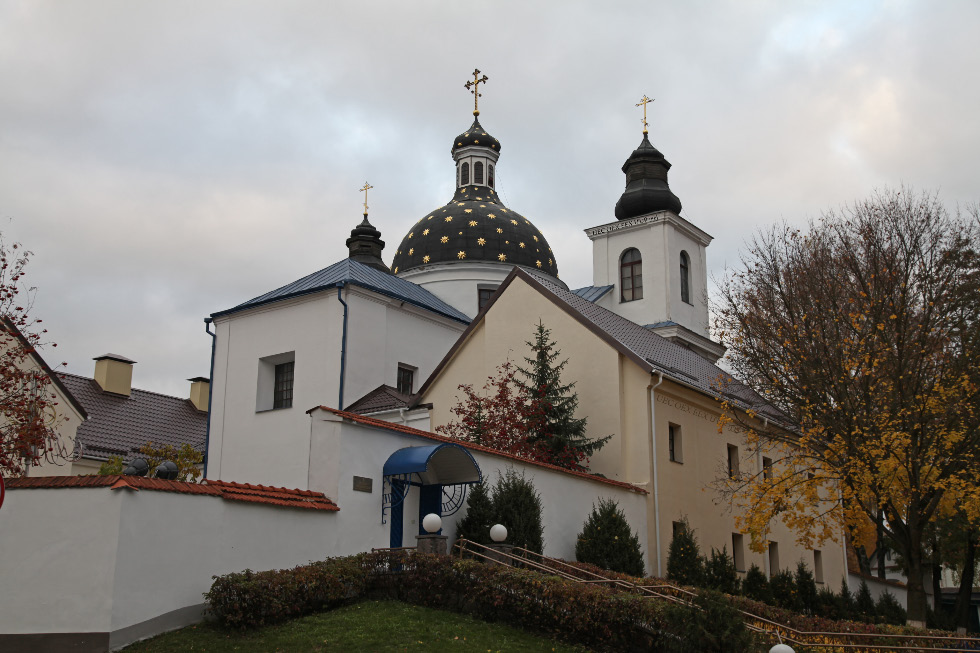 |
|
| |
|
|
| |
Белорусская Православная Церковь – Московский Патриархат — Belarusian Orthodox Church – Moscow Patriarchate |
|
| |
Church of the Nativity of the Blessed Virgin in Grodno – Царква Нараджэння Найсвяцейшай Багародзіцы ў Гродне |
|
| |
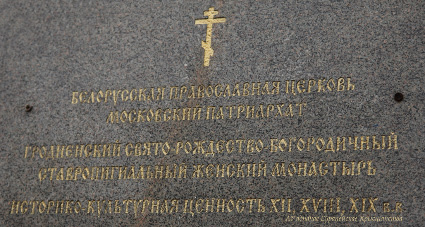 |
|
| |
(Sign written in Russian; no pretext of this being Belarusian, as with the country's president, the Belarusian language is probably not even spoken..) |
|
| |
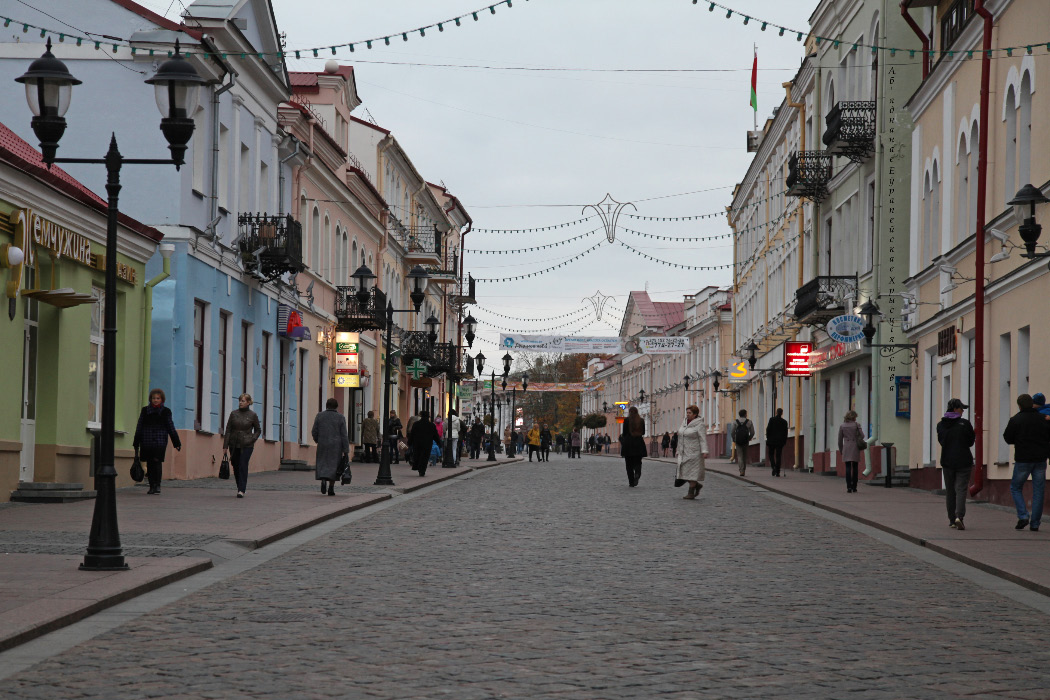 |
|
| |
22 X 2012 |
|
| |
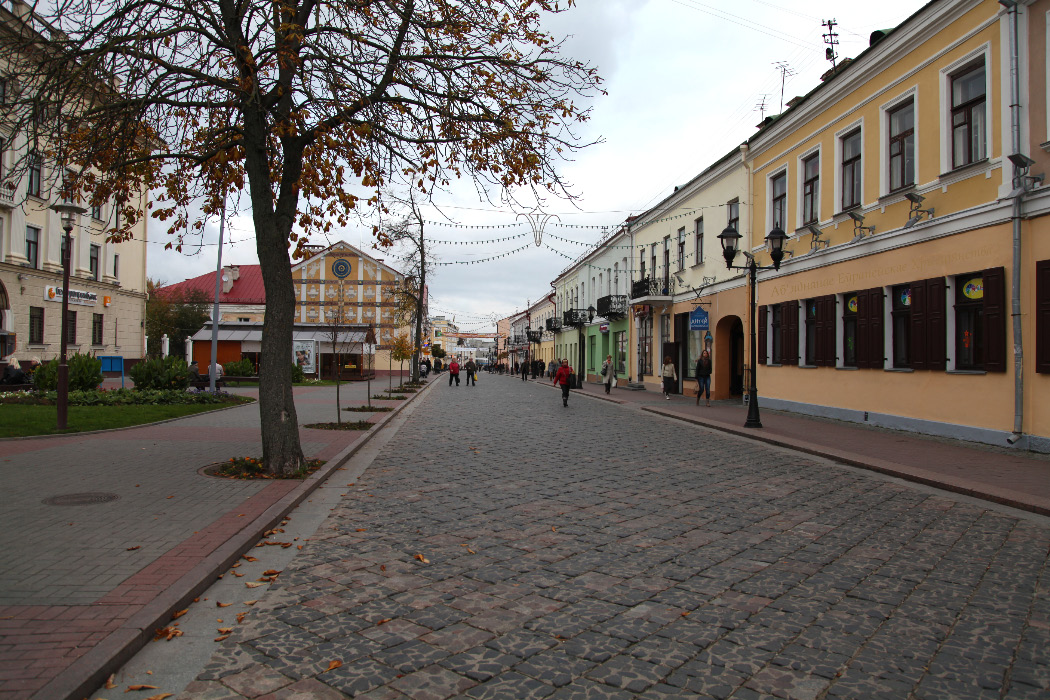 |
|
| |
Hrodno - European Christendom — Гродна - Еўрапейскае Хрысціянства |
|
|